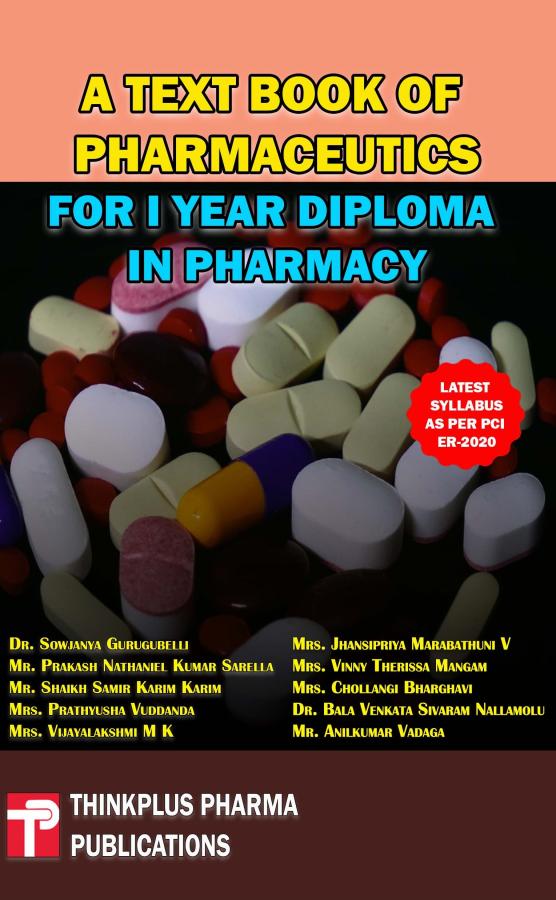Chapter 10: Extraction
Synopsis
Author
Mrs. Swarupa Ameya Salvi
Assistant Professor, Department of Chemistry, Sathaye College, Mumbai, Maharashtra, India
Abstract: Extraction is a fundamental separation process in pharmaceutical manufacturing, used to isolate desired compounds from natural sources or to purify synthetic products. This technique relies on the principle of differential solubility, where the target compound preferentially dissolves in a selected solvent. Various extraction methods are employed, including liquid-liquid extraction, solid-liquid extraction, and supercritical fluid extraction, each suited to different types of raw materials and target compounds. Factors influencing extraction efficiency include solvent choice, temperature, pH, and contact time. The concept of partition coefficient is explored to understand the distribution of compounds between immiscible phases. Advanced extraction techniques, such as microwave-assisted extraction and ultrasound-assisted extraction, are discussed in the context of improving yield and reducing processing time. Continuous extraction processes, including percolation and Soxhlet extraction, are examined for their applications in large-scale pharmaceutical production. Quality control measures, including assay of extracted compounds and solvent residue testing, are essential to ensure product purity and safety.
Keywords: Solvent extraction, Partition coefficient, Natural product isolation, Purification, Continuous extraction, Process optimization


 .
. 